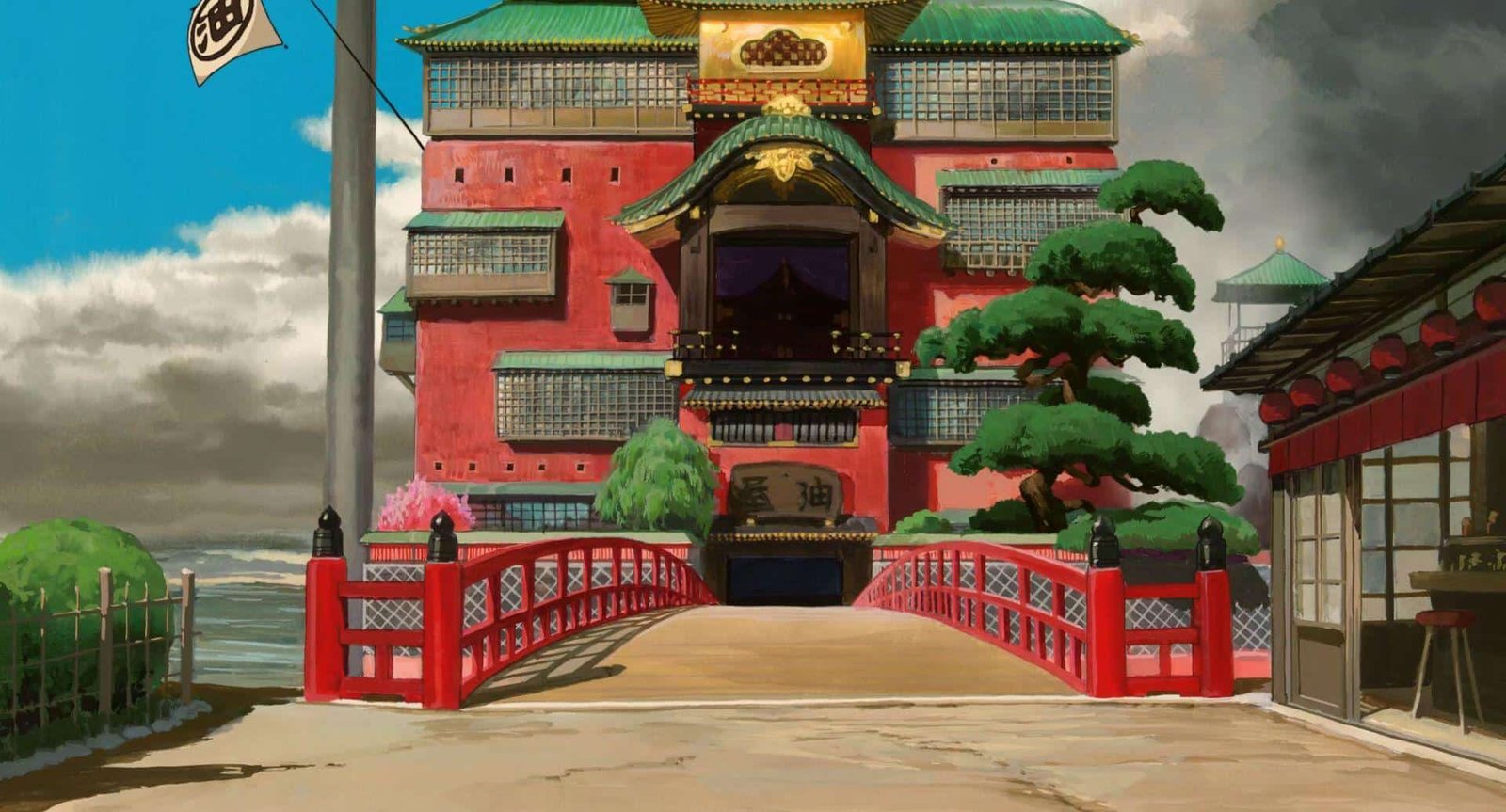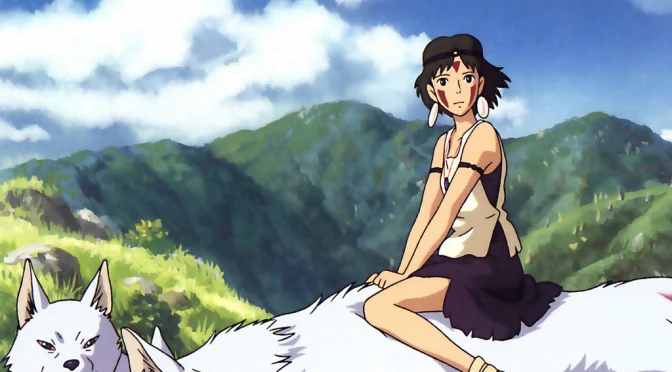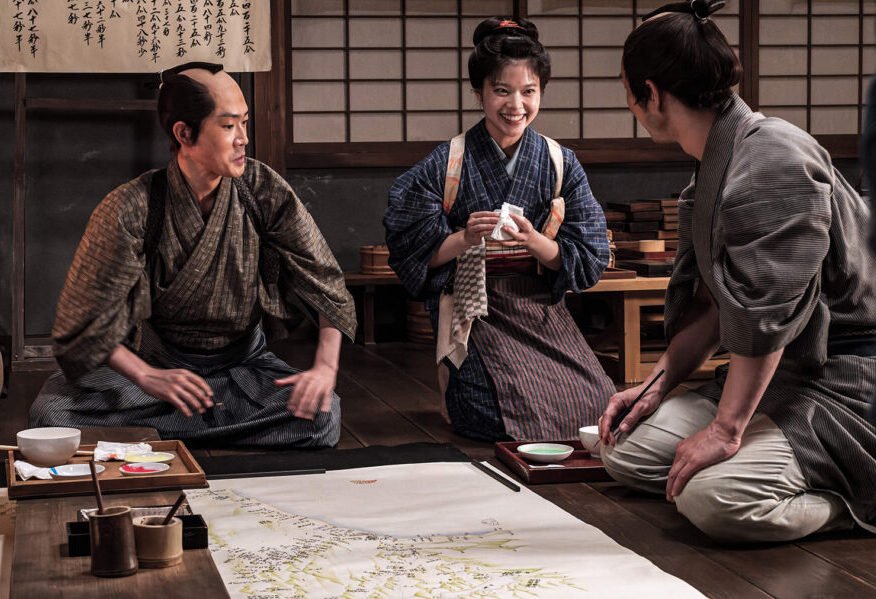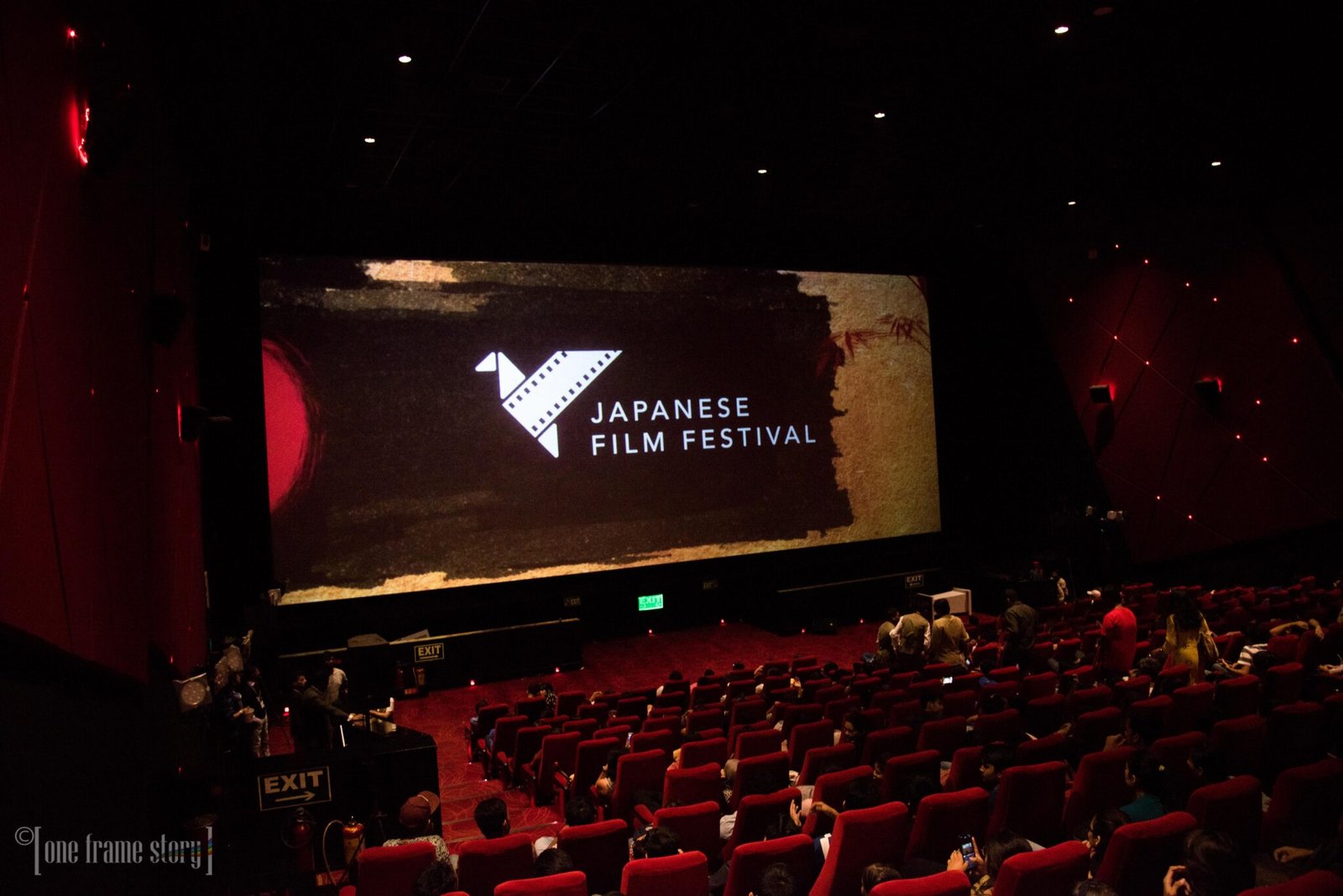Japanese anime films have undergone significant transformations in animation techniques over the years, reflecting advances in technology, changes in artistic style, and shifts in audience expectations. From early hand-drawn animations to today’s sophisticated digital creations, anime has continually evolved to create more immersive and visually stunning experiences. Here’s a look at the evolution of animation techniques in Japanese anime films, highlighting key milestones and innovations.
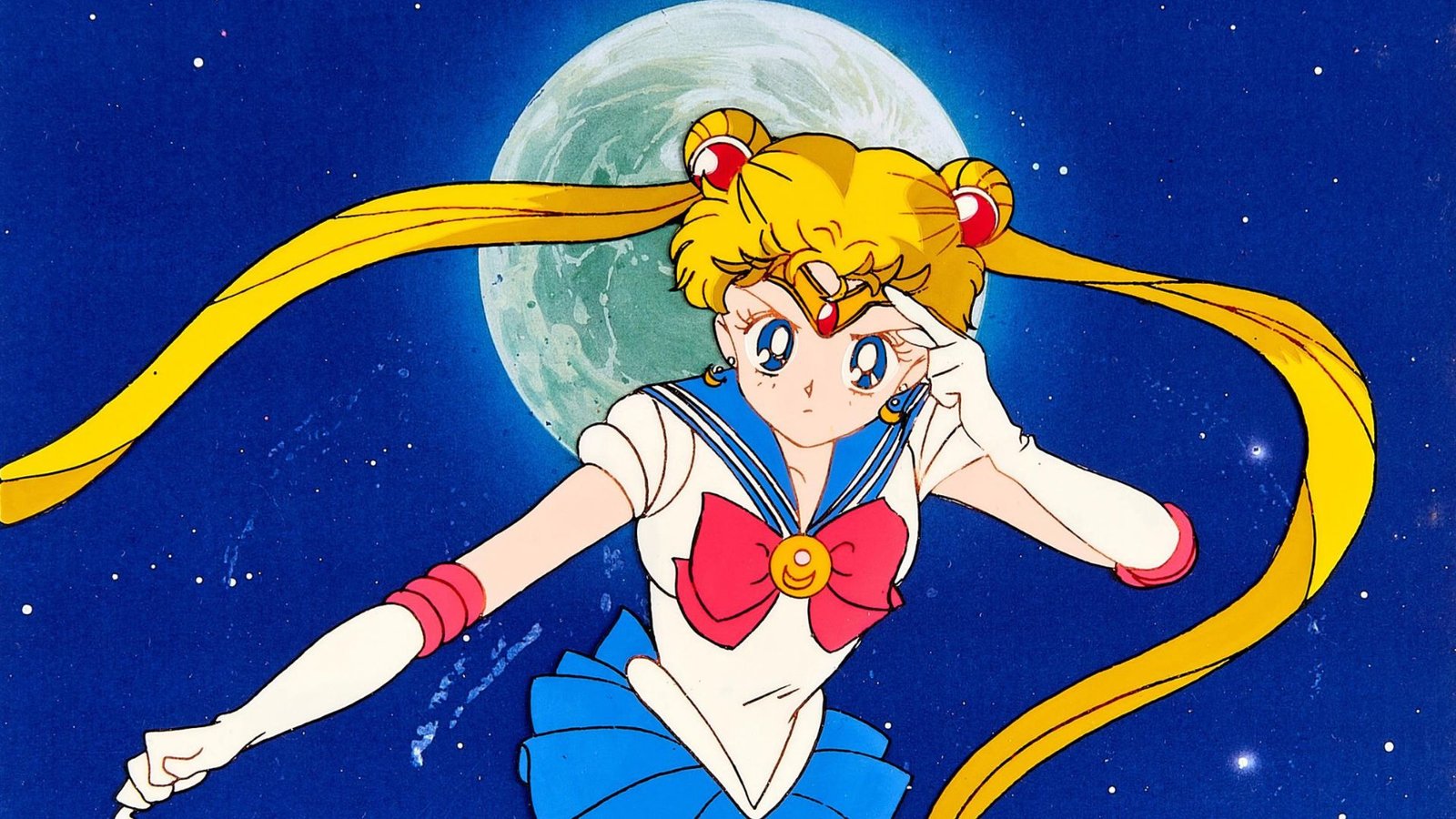
Early Hand-Drawn Animation
Foundations of Anime
- Astro Boy (1963)
- Director: Osamu Tezuka
- Significance: Often considered the first modern anime, Astro Boy utilized simple, clean lines and limited animation techniques to create a visually coherent style. This early work laid the groundwork for many animation conventions in anime.
- Speed Racer (1967)
- Director: Tatsuo Yoshida
- Significance: Known for its distinctive, dynamic action sequences and vibrant color palettes, Speed Racer used techniques such as limited animation to convey speed and motion effectively.
Characteristics
- Limited Animation: To reduce production costs and time, early anime used limited animation techniques, where fewer frames were drawn, and motion was suggested rather than fully depicted.
- Cel Animation: Traditional hand-drawn cels were used, with each frame painted on clear sheets and photographed in sequence.
The Rise of Studio Ghibli
Innovative Techniques
- My Neighbor Totoro (1988)
- Director: Hayao Miyazaki
- Significance: Studio Ghibli’s My Neighbor Totoro showcased intricate hand-drawn animation with rich, detailed backgrounds. The film emphasized the beauty of traditional animation techniques while introducing new ways to animate natural elements and textures.
- Princess Mononoke (1997)
- Director: Hayao Miyazaki
- Significance: This film blended traditional hand-drawn animation with early CGI elements, creating a more immersive and dynamic visual experience. The use of digital techniques helped to enhance the depth and complexity of the animation.
Characteristics
- Detailed Backgrounds: Studio Ghibli films are renowned for their beautifully painted backgrounds and meticulously designed environments.
- Hybrid Techniques: The integration of CGI with traditional animation techniques allowed for richer textures and more complex visual effects.
The Advent of Digital Animation
Modern Innovations
- Cowboy Bebop: The Movie (2001)
- Director: Shinichirō Watanabe
- Significance: Cowboy Bebop: The Movie showcased the use of digital animation techniques, including digital ink and paint, which allowed for more fluid motion and complex visual effects.
- Paprika (2006)
- Director: Satoshi Kon
- Significance: Paprika utilized advanced digital techniques to create surreal and visually striking sequences. The film demonstrated how digital animation could enhance storytelling by allowing for more fluid transitions and imaginative visuals.
Characteristics
- Digital Ink and Paint: The transition from hand-painted cels to digital ink and paint allowed for more efficient and versatile animation processes.
- Enhanced Special Effects: Digital animation enabled the creation of more complex special effects, including realistic lighting, shadows, and particle effects.
The Rise of 3D Animation and CGI
Cutting-Edge Techniques
- The Tale of the Princess Kaguya (2013)
- Director: Isao Takahata
- Significance: This film used a unique blend of traditional and CGI animation, with hand-drawn characters set against a CGI backdrop. The technique created a watercolor-like visual style that was both innovative and evocative.
- Weathering With You (2019)
- Director: Makoto Shinkai
- Significance: The film featured sophisticated CGI techniques to create stunning weather effects and detailed urban environments, enhancing the visual impact of the story.
Characteristics
- 3D Animation: The use of 3D animation and CGI has become increasingly prevalent, allowing for more realistic and detailed visual effects.
- Hybrid Approaches: Modern anime often combines traditional 2D animation with 3D elements, creating a blend of styles that enhances both depth and realism.
Current Trends and Future Directions
Ongoing Innovations
- Advancements in CGI: Continued improvements in CGI technology are enabling even more detailed and dynamic visual effects, enhancing the realism and impact of anime films.
- Virtual Reality (VR) and Augmented Reality (AR): Emerging technologies like VR and AR are beginning to influence anime production, offering new ways to immerse audiences in animated worlds.
Characteristics
- Enhanced Realism: Advances in CGI are pushing the boundaries of visual realism, creating more immersive and visually compelling anime experiences.
- Interactive Experiences: New technologies are paving the way for interactive and immersive anime experiences, potentially transforming how stories are told and experienced.
Conclusion
The evolution of animation techniques in Japanese anime films reflects the medium’s ability to adapt and innovate over time. From the early days of hand-drawn animation to the integration of CGI and 3D effects, anime continues to push the boundaries of visual storytelling. As technology advances and artistic styles evolve, anime films will likely continue to offer new and exciting ways to captivate and engage audiences.








